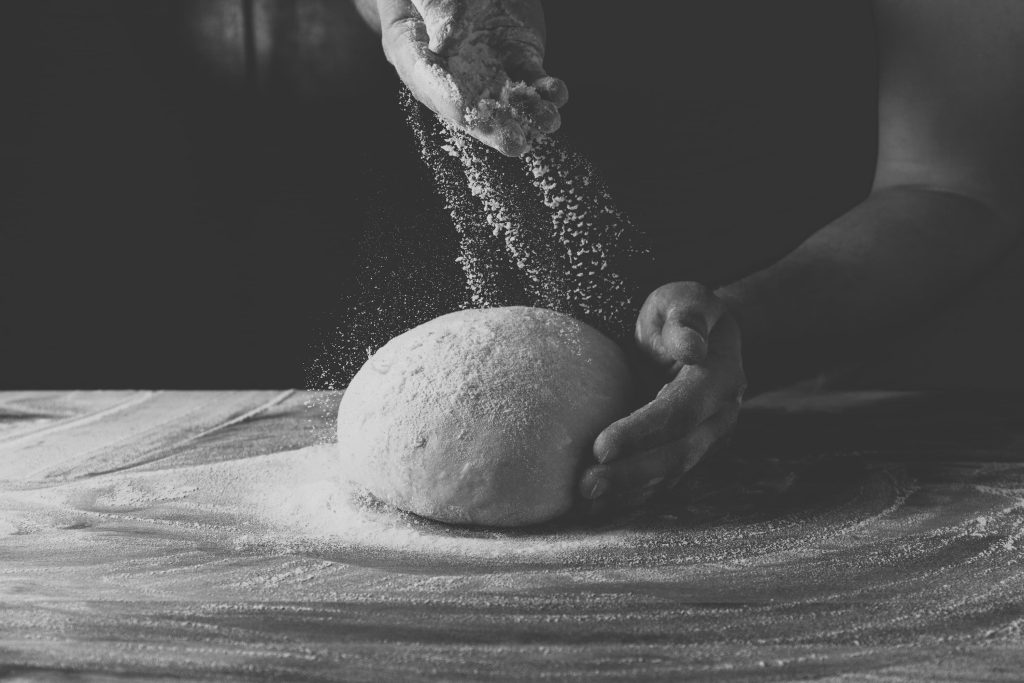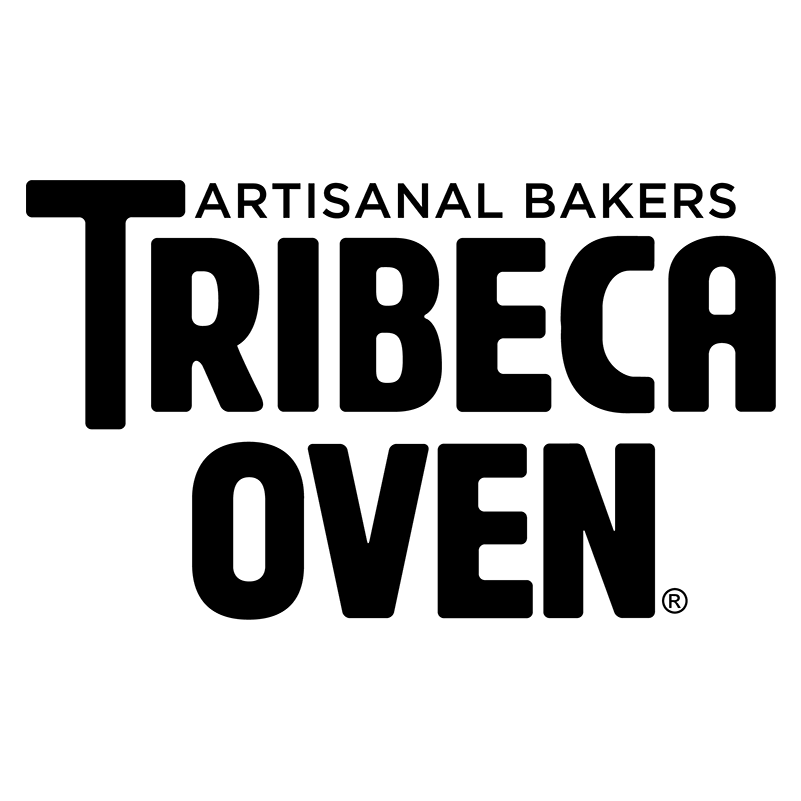27 Mar Celebrate National Flour Month with Tribeca Oven

March is National Flour Month, and as this ingredient is the cornerstone of everything we do at Tribeca Oven, we wanted to take a moment to share some flour education with our retail and restaurant partners. Just as your customers put their trust in you to provide quality products, we know that our wholesale clients look to us for information and inspiration when it comes to our authentic artisan bread.
We are passionate about bread and love sharing that passion with our Crumb Collective community. To help you better educate your staff and customers, we are excited to share some basic flour facts with you.
For this flour overview, we reached out to Benjamin Christensen, a Principal Scientist from the CHG Research & Development team. First things first, he laid out some foundational flour basics:
The Classes of Wheat Flour
Christensen first lays out the 6 classes of wheat flour:
The most common variation of wheat grown in the US. Most hard red winter wheat is grown in the Midwest Plains states. Its name comes from its reddish hued husk.
This variety is closely related to hard red winter wheat and is usually grown in the northern United States and Canada, where it’s planted in the spring and harvested in the fall.
This wheat variety is planted in the fall and harvested in early summer. Compared to the hard varieties, soft red winter wheat has a lower protein content.
Hard white wheat contains a high gluten content but maintains a light color when baked.
These wheat berries are short in length with a light tan color, and are generally more plump than hard wheats.
This semolina wheat is harder than common wheat, and must be ground more intensely to make flour.
Milling Basics
“The wheat flour classes are milled to a variety of different flour types, such as cake flour (soft wheat), pastry flour (soft wheat), all-purpose flour (hard wheat or a blend of hard and soft wheat) and bread flour (hard wheat),” Christensen goes on to explain. “Durum flour is typically used for pasta.”
To choose the right flour for the job, Christensen notes that it’s all about protein. “The protein content of the flour is probably the most important aspect to consider when choosing the appropriate flour type for the end product,” he says.
He also explains that s wheat and low-protein flours, like cake flour (typically 7-9%) and pastry flour (typically 8-9%) are mostly used for cakes, cookies and crackers. All-purpose flours can vary from mill to mill in composition (blend of hard and soft wheat) and protein content (8-11%).
Bread flours are milled from high-protein wheats and have greater gluten strength and higher protein content (12-14%), making these the best choice for bread bakers.
Sustainability
At Tribeca Oven, we use a number of different
types of wheat flour, but one common factor unites them: our continued
commitment to sustainability. While the farming of large crops like wheat can
be a stressor on the environment, we invest in farmers who are on the
cutting-edge of regenerative practices that reduce our environmental impact.
This project, the North Dakota Wheat Program, is where Tribeca Oven sources
two-thirds of our wheat from.
To pass on the National Flour Month “breaducation”, please share Tribeca Oven’s social media posts and this blog posts with your customers and followers.




Sorry, the comment form is closed at this time.